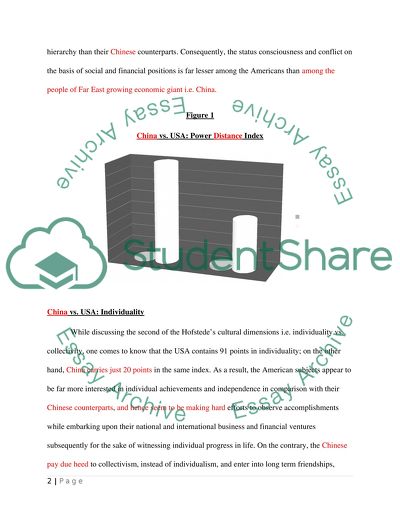Cite this document
(“The cultural and market dimensions between the USA and China Assignment”, n.d.)
The cultural and market dimensions between the USA and China Assignment. Retrieved from https://studentshare.org/marketing/1486360-hofstede-class-exploration
The cultural and market dimensions between the USA and China Assignment. Retrieved from https://studentshare.org/marketing/1486360-hofstede-class-exploration
(The Cultural and Market Dimensions Between the USA and China Assignment)
The Cultural and Market Dimensions Between the USA and China Assignment. https://studentshare.org/marketing/1486360-hofstede-class-exploration.
The Cultural and Market Dimensions Between the USA and China Assignment. https://studentshare.org/marketing/1486360-hofstede-class-exploration.
“The Cultural and Market Dimensions Between the USA and China Assignment”, n.d. https://studentshare.org/marketing/1486360-hofstede-class-exploration.


